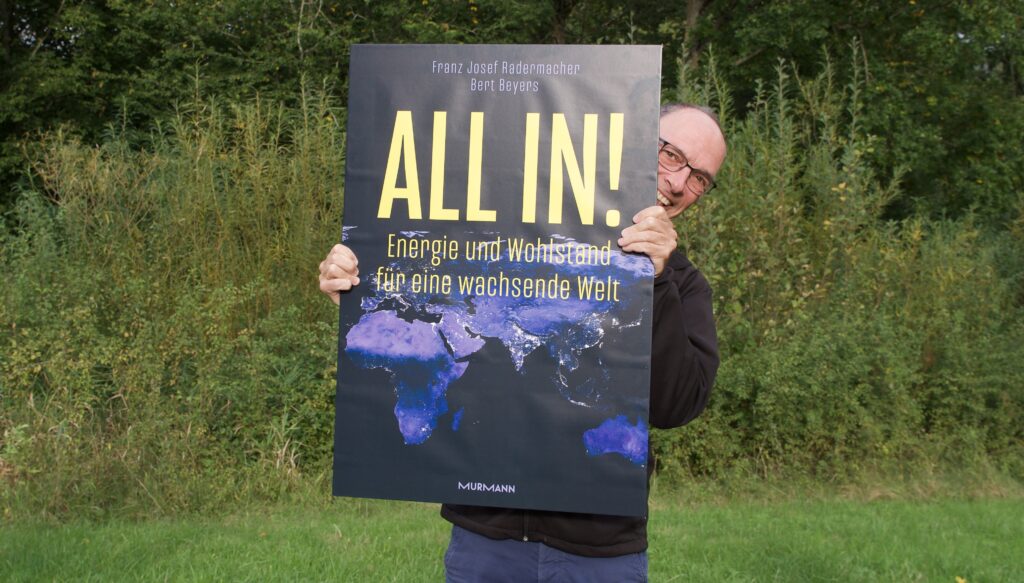Focus topic:
Fuels for climate-friendly mobility

Around 95 per cent of all means of transport – cars, lorries, ships and aircraft – are currently powered by fossil fuels, most of which are based on crude oil. This makes the mobility sector the second largest emitter of CO2 , behind the electricity and heating sectors. CO2 emissions are produced by millions and millions of vehicles in just as many places, i.e. they are diffuse. Reducing them is a task that is as important as it is difficult.
In this interview, Hans Jürgen Wernicke (GES) explains the technical options available for the various transport sectors.

The idea that “everything new” in the mobility sector could be made all-electric is far from reality. Rather, the switch to lower-emission drives will take decades. This applies in particular to long-lasting means of transport such as ships, aircraft and lorries. In the case of cars, it will probably come down to the coexistence of different forms of propulsion, be they electric, hydrogen-based or by relying on climate-friendly fuels or hybrid solutions. Blending quotas of climate-friendly biofuels or e-fuels with fossil fuels are already an important and fast-acting lever. This is because much of the infrastructure is already in place and can continue to be utilised. Nature-based solutions (reforestation, humus formation) are becoming increasingly important for residual CO2 emissions. Of course, electrification in the transport sector will also make a significant contribution. However, the dream of all-electricity will not be realised. Rather, it will amount to a multi-path strategy.

